Here’s a simple recipe for a dramatic flash shot outside. Like this:
Look s”photoshopped”, yeah? Well, it isn’t. It was shot like that. And for that, you need:
- An external flash on top of the camera
- A sunny day
- You in very close proximity to the subject
- The possibility to set flash (Canon system) or camera (Nikon system) to High-Speed Flash (Canon) or “Auto FP Flash” (Nikon)
On a sunny day, you now shoot as follows:
- Camera on manual mode
- Flash on TTL mode
- Camera set to 100 ISO, f/4, and 1/2000th second
- Honl or similar softbox on the flash
- You very close to the subject’s face (otherwise, there’s not enough power).
“High speed flash/FP flash” allows you to go to a shutter speed of 1/2000th, which normally you cannot do (normally, you are limited to around 1/200th second).
As a result, you now get dramatic light with nevertheless a blurred background.
Why do you have to be very close? Because high speed/FP flash diminishes the power of your flash very dramatically, more the faster you go. And the softbox diminishes it even more. Hence – be as close as around 10 inches from your subject, or the flash will not show. But when you get it right, it is a very cool look.
___
There. Another secret free to you from The Speedlighter. Want more? Come see me do my Flash workshop at Vistek in Toronto tomorrow, Saturday Oct 5. And get the flash e-book!

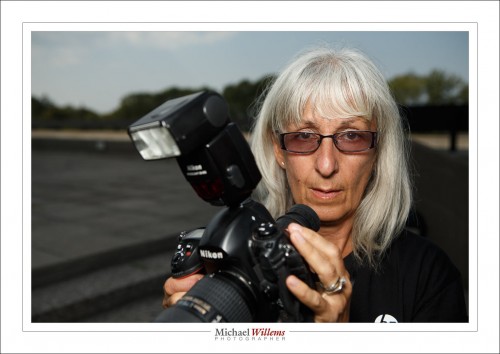

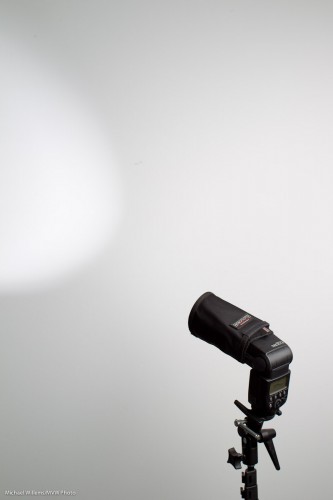
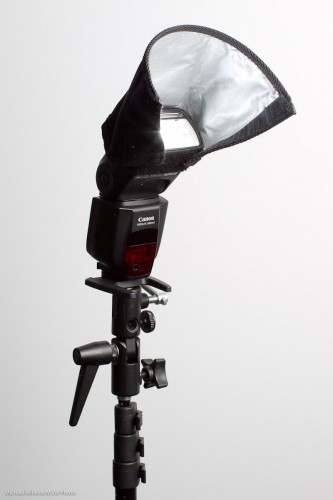
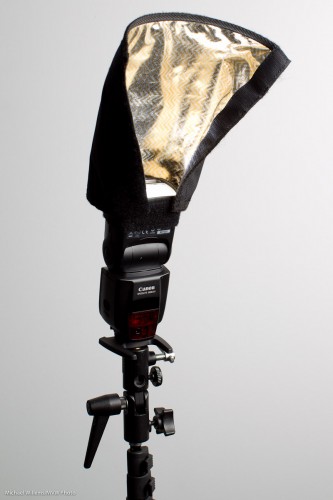


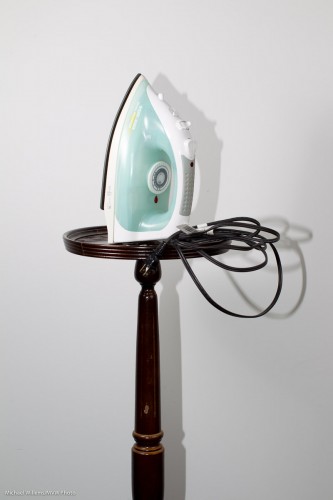
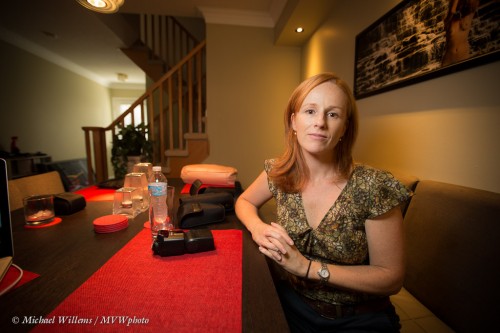




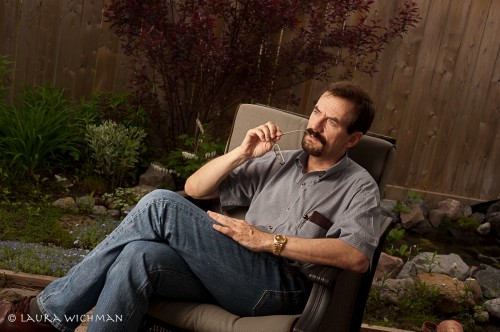
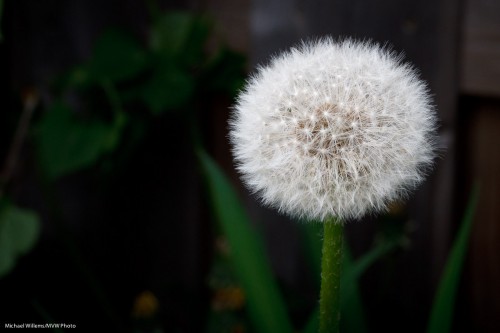



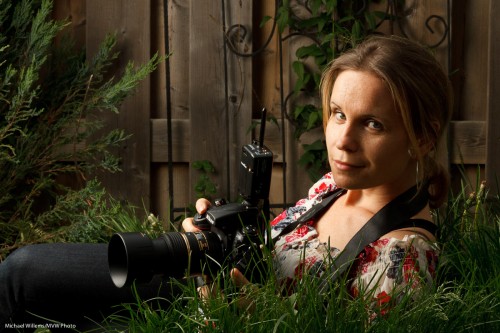




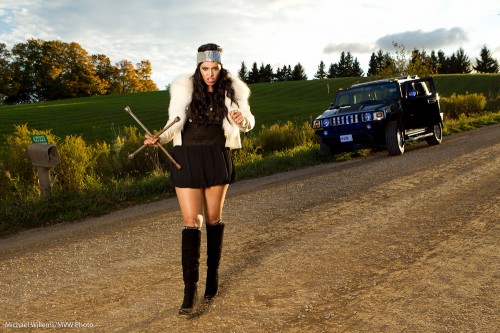


 No flash fired
No flash fired
